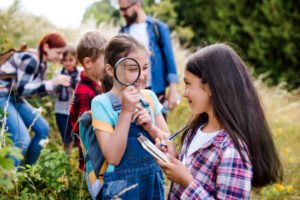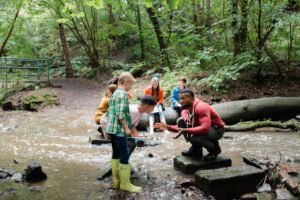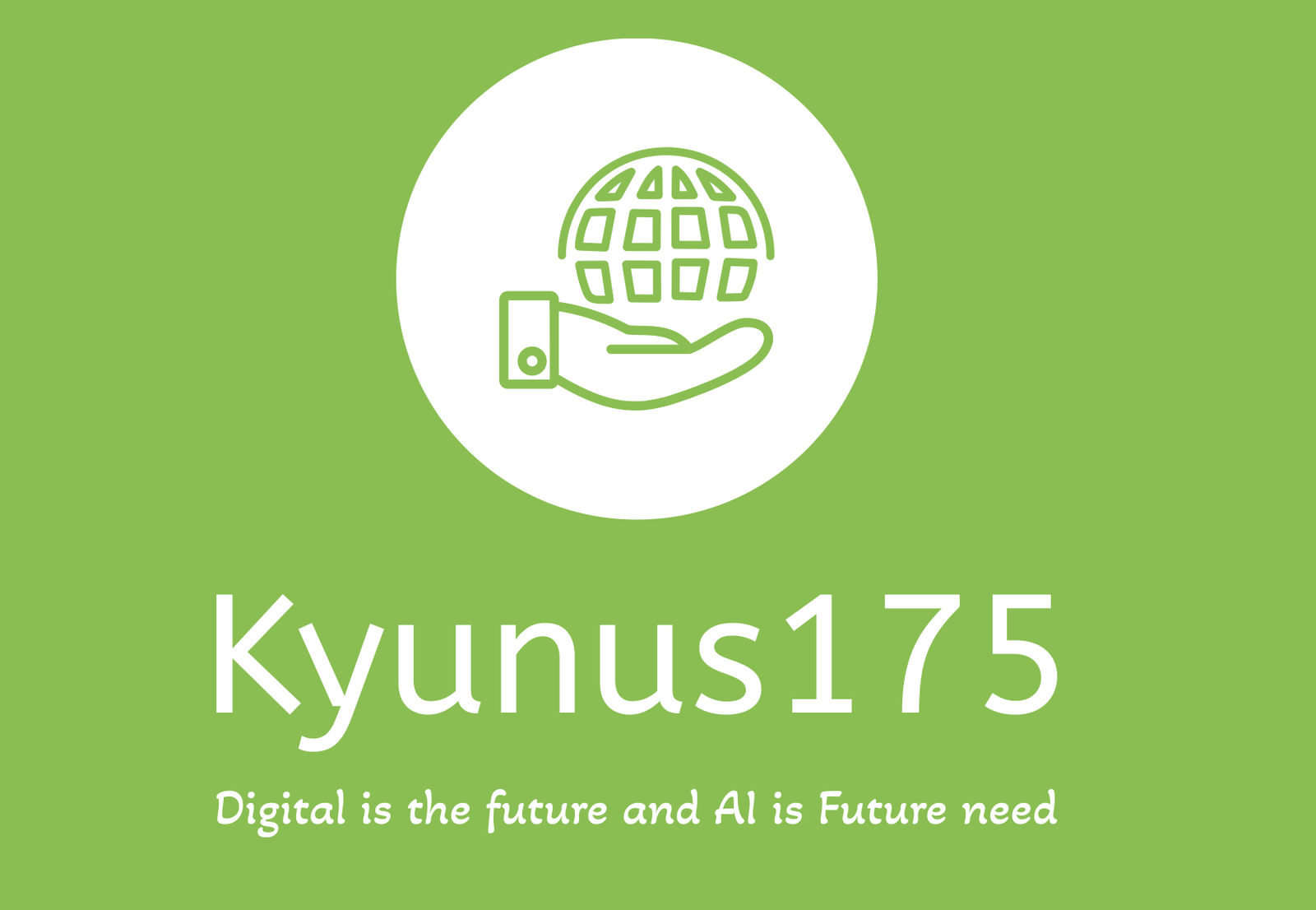
Introduction:-
In the modern world, environmental education is more important than ever because of the threats posed by pollution, biodiversity loss, and climate change to the health of our planet. Future generations’ brains are shaped by environmental educators, who also help people develop a feeling of environmental stewardship and the confidence to take action in the direction of a sustainable future. Let’s take a closer look at professions in environmental education, going over real-world examples, talking about how to overcome obstacles, and offering all the tools prospective professionals need.

The Importance of Environmental Education:
Developing a strong bond with nature, developing compassion for all living things, and realizing the interdependence of ecological systems are the three main goals of environmental education, which goes beyond conventional classroom instruction. Through interactive learning, critical thinking activities, and community-based initiatives, environmental educators encourage students of all ages to make a lifetime commitment to sustainable living and environmental preservation.


Read more:
https://kyunus.com/index.php/2024/04/02/unlocking-sustainability-the-power-of-circular-economy/
Examples of Environmental Education Careers:
- Environmental educators:This professional are employed by a variety of establishments, including non-profits, schools, nature centers, and museums. Their purpose is to promote sustainable behaviors and increase knowledge of environmental issues through the creation and implementation of educational programs, workshops, and activities.
- Curriculum Developer: Developing instructional materials, lesson plans, and other resources that incorporate environmental principles into formal education systems is the area of expertise for curriculum developers. To guarantee compliance with academic standards and learning objectives, they work in conjunction with educators, administrators, and subject matter experts.
- Outdoor Educator:An outdoor educator is a person who creates opportunities for experiential learning in unspoiled environments like parks, woods, and wilderness regions. They promote environmental stewardship and a closer bond with nature via practical experiences like hiking, camping, and wildlife observation.
- Environmental Consultant: When it comes to environmental laws, sustainability programs, and conservation tactics, environmental consultants advise corporations, governmental bodies, and neighborhood associations. In addition to creating conservation strategies and offering clients advice on eco-friendly activities, they might carry out environmental evaluations.


Solutions for Environmental Education Challenges:
Considering the significance of environmental education, a number of obstacles still exist, such as uneven access to educational resources, curriculum limitations, and inadequate funding. To tackle these obstacles, a multifaceted strategy is needed:
- Extra Funding: To support environmental education initiatives, such as teacher training programs, curriculum creation, and environmental literacy campaigns, governments, philanthropic groups, and corporate sponsors should set aside additional funds.
- Curriculum Integration: In order to incorporate environmental education into traditional curriculum at all educational levels, advocacy work is required. One way to do this is to use multidisciplinary techniques that link science, social studies, language arts, and environmental concerns.
- Community Engagement: Coordinating environmental agencies, schools, and community groups can increase the efficacy and reach of environmental education initiatives. Instructors can promote a sense of collective responsibility and ownership by integrating local populations in conservation projects and educational initiatives.
- Technology and Innovation: Using technological tools like smartphone apps, virtual reality simulators, and online learning platforms can improve the usability and accessibility of environmental education materials. Furthermore, adopting cutting-edge teaching strategies like citizen science projects and project-based learning can enable students to take an active role in environmental stewardship.

Opportunities in Environmental Education: There are lots of options for people who are enthusiastic about environmental education to pursue a rewarding profession. The following resources can be searched into:
- https://www.environmentjob.co.uk/jobs/35-environmental-education
- https://in.indeed.com/q-environmental-education-l-maharashtra-jobs.html?from=mandatoryLanguageSelector
- https://jobs.naaee.org/

In conclusion:
Environmental education is a calling—a dedication to promoting a more sustainable, healthy, and greener future for everybody—rather than merely a job. We can build a future where people and environment coexist peacefully by recognizing the diversity of jobs in environmental education, pushing for structural change, and enabling people to take on the role of environmental stewards. Let’s set off on this life-changing adventure together in search of a better tomorrow.


Superb writing with lots of knowledge
Pingback: Microbial Bioremediation: Using Microorganisms to Clean Up Environmental Toxins